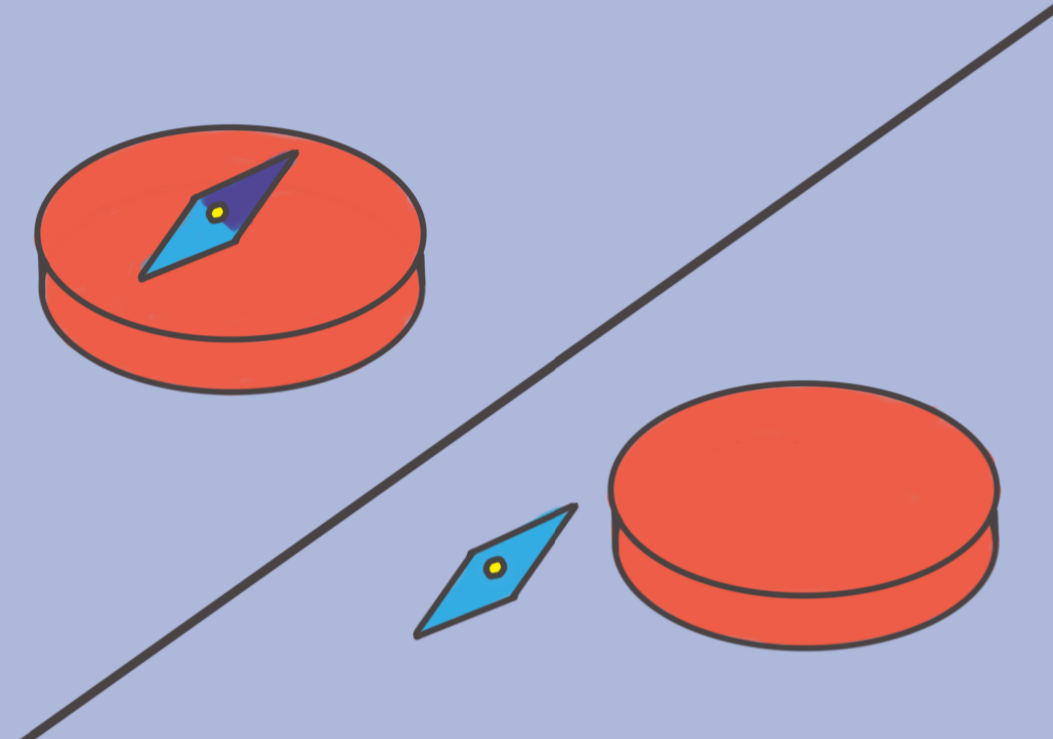By Angeliki Martinou
Grand strategy and foreign policy are strongly connected, given that their goals can overlap. Foreign policy can definitely work towards accomplishing the aims of a grand strategy, however, it is best that those two notions remain distinct. In this short post, we’ll briefly untie the skein surrounding the connection between the two.
First, let’s talk about strategy. There are four levels of strategy: tactics, operational art, military strategy and grand strategy. According to this graded classification, grand strategy holds the highest position (not of value) in the hierarchy of strategic dimensions. Schematically, tactics are associated with battles; strategy is associated with war; so what is grand strategy associated with? Well, grand strategy is supported by the military, economic, diplomatic and political strategies. The objective is for all aspects – associated with and supporting a grand strategy – to interact harmoniously.
Grand strategy can be interpreted based on two different approaches: the classicist and the International Relations’. The classicist approach is quite militaristic, restricted to the preparation for war, whereas International Relations prompt towards the employment of various instruments for the realization of a state’s goals. Grand strategy involves, in fact, both military and non-military components – at least that was Thucydides’ perception; that grand strategy did not only depend on military variables. On the contrary, he would stress on the multitude of factors on which security (something that states would try to ensure and preserve) would rely: military, but also economic, diplomatic, technological and psychological.
Evidently, grand strategy is a multidimensional concept. Hence, foreign policy is one of its tools. Besides, a grand strategy may be based on alliances and coalitions. Foreign policy, though, is not related to grand strategy solely because it may serve the latter’s objective. Both are influenced by and orchestrated based on the international system and its balance of power.
Indeed, grand strategy and foreign policy are intertwined. However, they are not the same, and neither are their goals. Truly, the structure of foreign policy is modeled by grand strategy, therefore its components are influenced by the latter. The confusion occurs not only because of the similarities of both concepts involved, but also due to the fact that some consider grand strategy as an element of foreign policy, not the other way around. If it helps, in other words, one can imagine the interaction between grand strategy and foreign policy as a Venn diagram, with foreign policy being related to grand strategy both as a proper subset and a union
Sources:
- Jeffrey W. Taliaferro, Norrin M. Ripsman, Steven E. Lobel, The Challenge of Grand Strategy: The Great Powers and the Broken Balance Between the World Wars (Cambridge University Press, 2013)
- Athanasios G. Platias, Constantinos Koliopoulos, Thucydides on Grand Strategy: Grand Strategies in the Peloponnesian War and their Relevance Today (Columbia Press, 2010), p. 1, 2, 5 – 7
- Thierry Balzacq, Peter Dombrowski, Simon Reich, Comparative Grand Strategy: A Framework and Case, (Oxford University Press, 2019), p. 6,7
- Theodore George Tsakiris (2006) Thucydides and Strategy: Formations of Grand Strategy in the History of the Second Peloponnesian War (431–404 B.C.), Comparative Strategy, 25:3, 173-208, DOI: 10.1080/01495930600956195., p. 174
- Hal Brands, The Promise and Pitfalls of Grand Strategy (Strategic Studies Institute, US Army College, 2015), p.4
- Peter R. Mansoor and Williamson Murray, Grand Strategy and Military Alliances (Cambridge University Press, 2016), p. 16


2 thoughts on “Debunking the confusion between Grand Strategy and Foreign Policy”